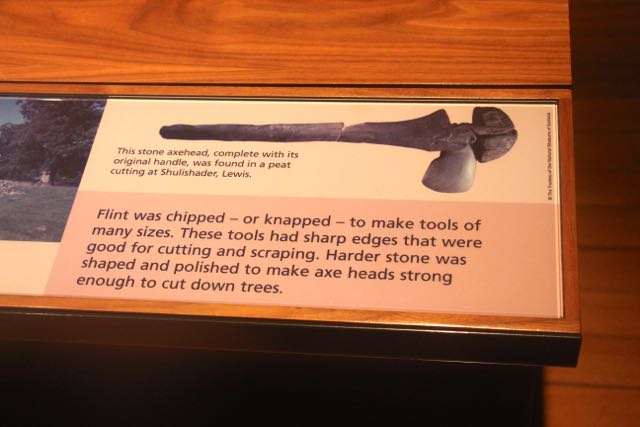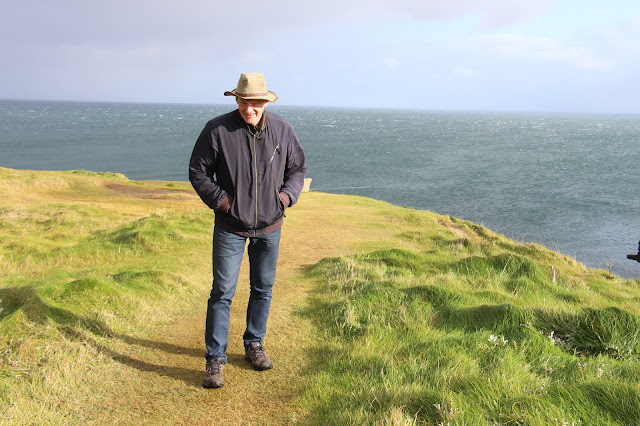Our funny little hotel has funny little people on staff. This morning, there was a funny little waiter who didn’t seem too sure of anything, and could only really carry one thing at a time. He was very sincere though.
For our last full day in Scotland, we decided to do a little shopping. We took a short, but very noisy and jerky, subway ride downtown and checked out Glasgow’s Style Mile. Fred found an awesome pair of blue Dr. Martens, and we each bought a cashmere sweater (half price).
Then we walked to the beautiful Glasgow Cathedral (also called the High Kirk of Glasgow or St. Mungo’s Cathedral), which is the only medieval cathedral on the Scottish mainland to have made it through the Reformation intact, and the oldest building in the city. It was built in the 12th and 13th Centuries, in the Scottish gothic architectural style. Here's a link where you can hear the organist, Malcolm Sim, demonstrate the wonderful 1871 Father Willis organ.
Next we walked to the Glasgow Necropolis -- a huge Victorian cemetery on a hill behind the cathedral. Fifty thousand individuals have been buried there — including, apparently, every merchant and important person in Victorian Glasgow.
Then we visited Provand's Lordship, across the street from the cathedral. Built in 1471, it is the oldest house in Glasgow. We went inside and looked in all the rooms. Amazing to stand in a house that's nearly 600 years old.
After a brief pause at the cathedral café for tea and cake, we continued to George Square, the central square of the city. Named for King George III, the square was laid out in 1781. It is dotted with statues and monuments, and surrounded by architecturally impressive buildings, including the City Chambers.
Dinner was at the Curler’s Rest — the oldest tavern on Byrnes Road. A tavern is said to have been located there since the 17th Century, when this part of the city was still countryside. The present pub is housed in an 18th-century two-storey cottage-type building and derives its name from the nearby pond, where curlers came to play long ago.
All that history aside, the food was good, the bartender was knowledgable and made some helpful suggestions for Fred’s whisky tasting, and the place was full of people enjoying a lively evening of conversation and laughter with friends.



















































